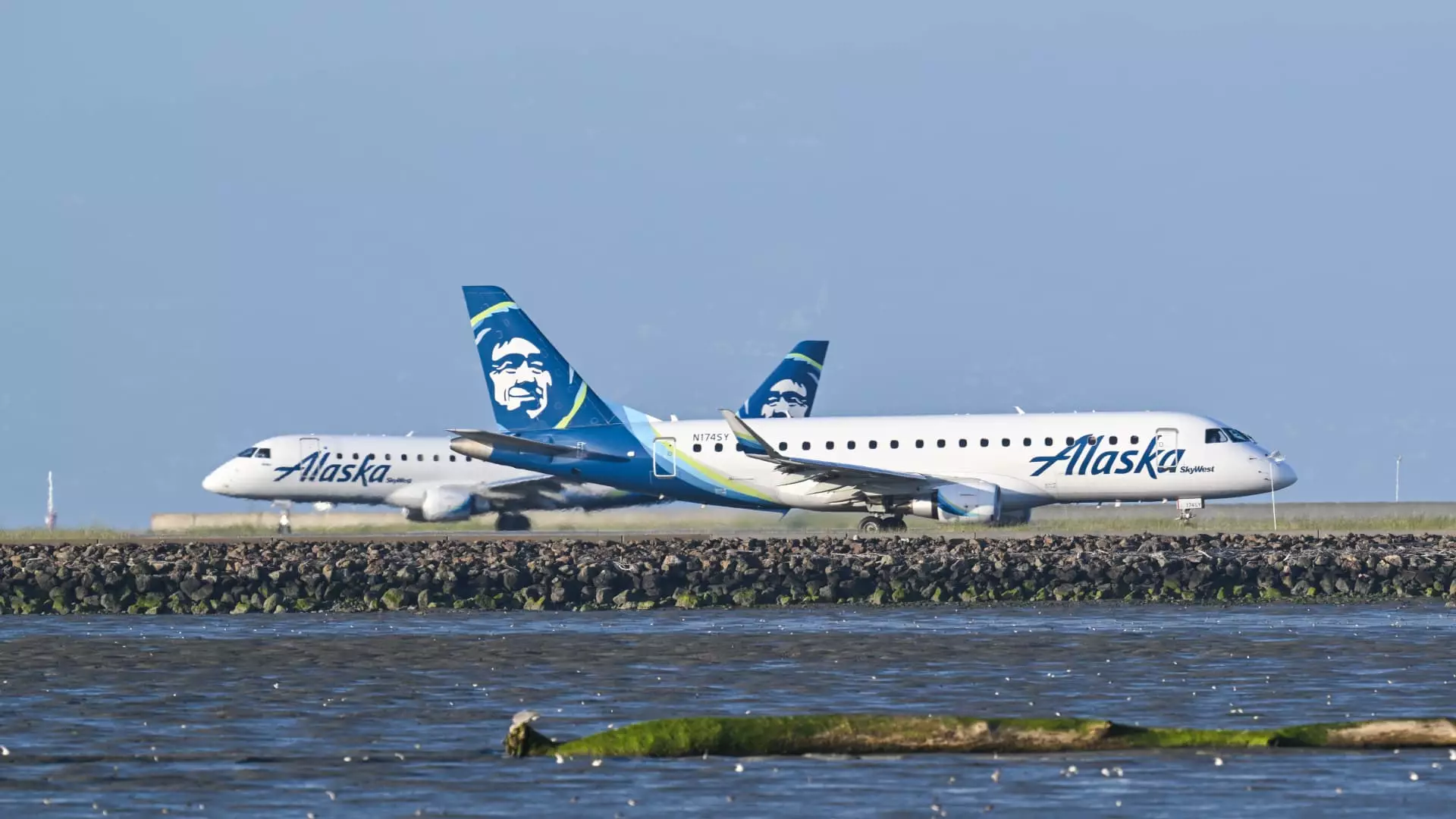In a bold move poised to reshape its operational landscape, Alaska Air Group is targeting a massive profit growth of $1 billion by 2027. This ambitious strategy emerges against a backdrop of booming demand in the luxury travel segment and follows the recent conclusion of the acquisition of Hawaiian Airlines. With the integration of new routes and utilization of advanced aircraft, Alaska Air is setting its sights on establishing a significant foothold in international markets while enhancing customer offerings.
Alaska Air recently wrapped up its $1.9 billion acquisition of Hawaiian Airlines, a strategic decision aimed at unlocking new revenue streams and enhancing its market position across the Pacific. With the deal finalized just a year after the agreement was signed, Alaska Air is now better positioned to tap into the lucrative Asian travel market. As part of this expansion, the airline plans to debut nonstop service from Seattle-Tacoma International Airport to Tokyo’s Narita International Airport by May. Subsequent plans for an October launch of services to Seoul’s Incheon International Airport further underscore Alaska’s intent to broaden its commercial reach.
Leveraging Hawaiian Airlines’ fleet, which includes Boeing 787 Dreamliners and Airbus A330-200s, Alaska is charting a path towards serving at least a dozen international destinations by 2030. This move is not only a testament to the increasing consumer demand for international travel options but also reflects a broader trend within the industry as airlines pivot towards growth in premium and international travel segments.
Financial Forecasts and Strategic Plans
Alaska Air Group is optimistic about its financial trajectory, with expectations of achieving pretax margins between 11% and 13% by 2027. The projected earnings per share exceeding $10 indicate a robust growth model fueled by not just passenger volume but enhanced revenue per customer. For the immediate term, the estimate for 2024 indicates a more conservative earnings range of $3.50 to $4.50 per share, inclusive of the financial contributions from Hawaiian Airlines.
This anticipated growth is indicative of a broader strategy that relies on catering to premium customers. Alaska is responding to changing passenger preferences by introducing a “premium” credit card in collaboration with Bank of America. This move reflects a growing trend in the airline industry to cultivate customer loyalty and revenue streams beyond ticket sales, especially as more travelers express a willingness to pay for enhanced comfort and services during flights.
Shifting Customer Demand and Service Enhancements
The demand for premium travel experiences has surged in recent years, prompting Alaska Air to adapt its service offerings accordingly. Chief Financial Officer Shane Tackett articulated this shift, emphasizing that the increasing revenue growth is derived from customers purchasing more premium seats outright rather than relying on upgrades. This aligns with trends observed by other competitors, including Delta Air Lines, which is also experiencing similar shifts in its customer base.
To capitalize on this demand, Alaska is reviewing its premium seating configurations across its fleet, particularly focusing on enhancements for the Airbus A330s acquired from Hawaiian Airlines. Tackett noted, “More people are wanting the opportunity to get into premium economy or first class, and we need to serve that demand.” This proactive approach of aligning offerings with customer expectations underscores the airline’s commitment to providing a superior travel experience.
While Alaska Air Group pursues this growth trajectory, it faces significant challenges, particularly concerning its aircraft deliveries from Boeing. Recent incidents have raised alarms over quality control, leading to delays that could hinder Alaska’s ambitious expansion schedule. The unfortunate occurrence of a door plug detaching from a nearly new Boeing 737 Max 9 due to missing bolts is a clear signal that the manufacturer must prioritize quality over quantity in production.
Boeing’s ongoing challenges signal a headwind for Alaska, as the airline navigates its future with an increased focus on ensuring that quality standards are met in aircraft deliveries. Tackett’s remarks about the need for Boeing to recalibrate its priorities bring into focus the complexities within the supply chain that can affect an airline’s operational readiness.
Alaska Air Group’s strategic endeavors to grow profits and expand its service offerings reflect a calculated bet on the continued demand for premium air travel. While the acquisition of Hawaiian Airlines provides a new gateway to international customers, the airline must also navigate challenges stemming from its partnerships and aircraft acquisition strategies. With a focus on premium offerings and evolving customer preferences, Alaska is poised to reassert its position as a competitive player in the airline industry—assuming it can adeptly manage the complexities of an ever-changing market landscape.

